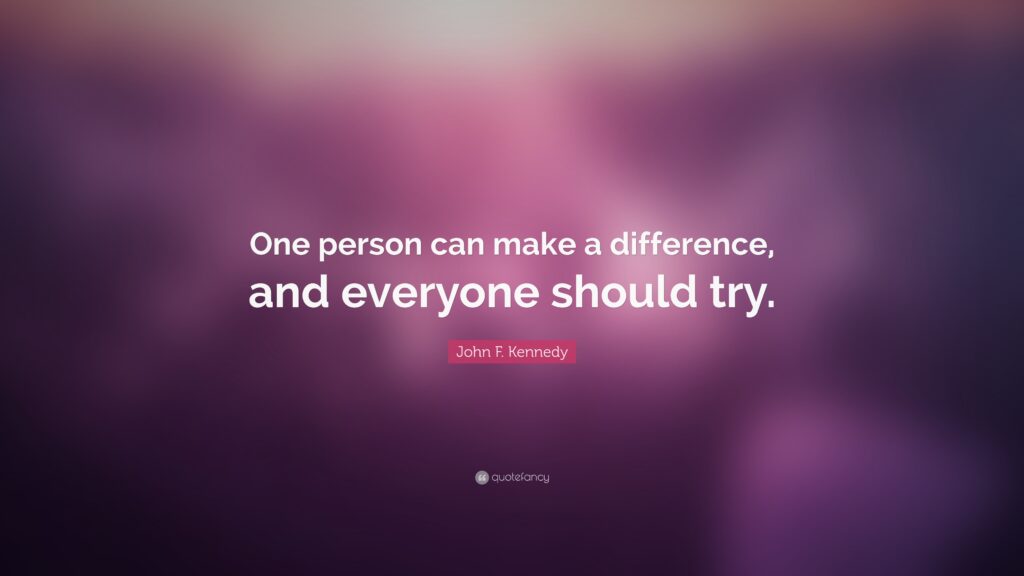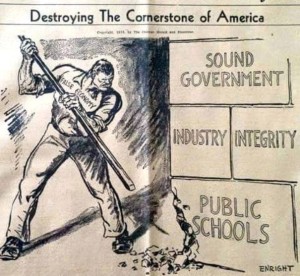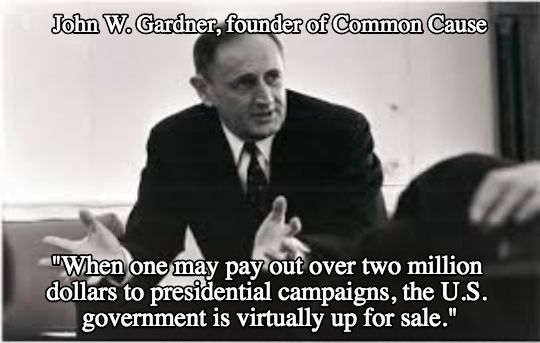PART TWO
Dangerous political propaganda, aimed at destroying our governing structure, is subverting the consent of the People — our right to govern. This destructive marketing of political thought is based on a twisted interpretation of Public Choice Theory (PCT).
In PART ONE I asked, did “they” use our individual choices to manipulate our political decisions? You know they did, and do, and will continue to do so until we recognize and resist their manipulative tactics. (Read & review PART ONE, if you have not already.)
What Is Happening?
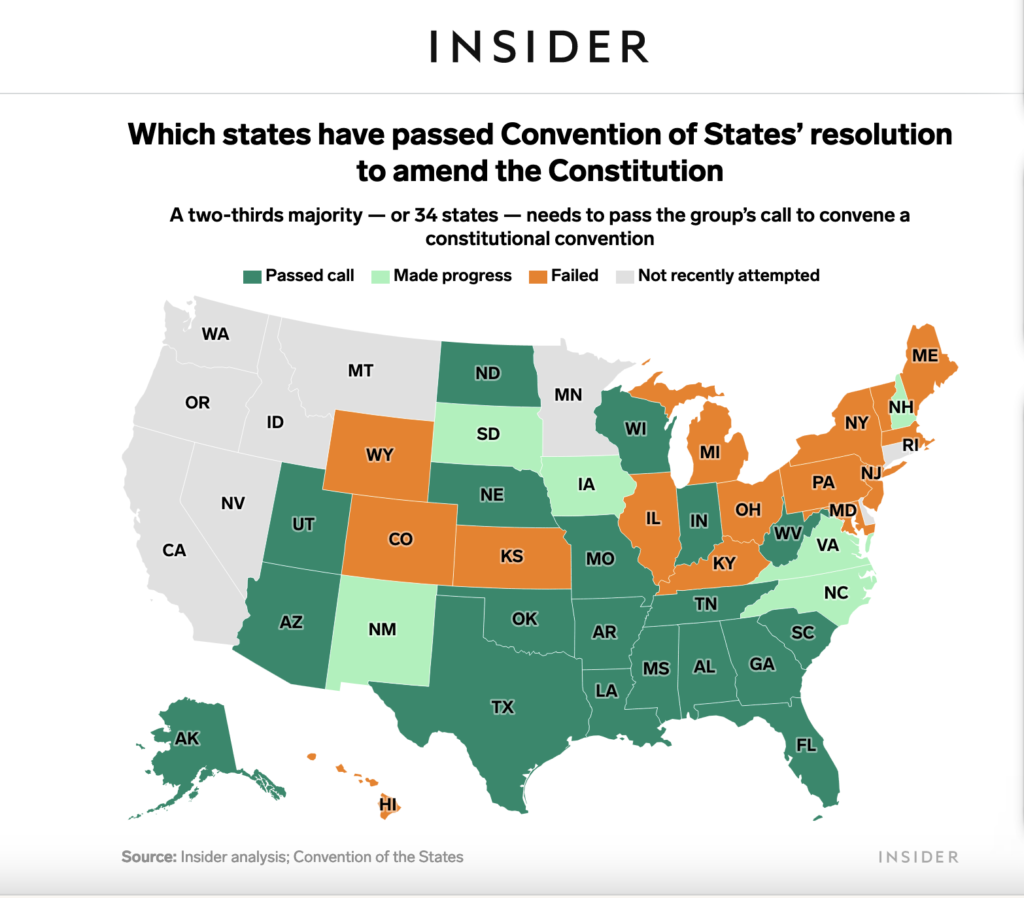
Once a Convention of States convenes, “representatives” set the rules. They decide what changes will be made. Source: Business Insider JUST 15 states to go!!!!
We all are playing a role in demolishing our republican structure of governing. But that means, if we can see our role, we can resist being part of the destruction. We can overcome what looks to be the imminent ruin of our republic. It requires enough people willing to take some simple actions to stop the march towards a Constitutional Convention (Article V Convention).
First, people must understand PCT’s role in sabotaging and overthrowing the will of the nation.
Those wishing to control us and our nation have applied Public Choice Theory (PCT) within the political marketplace to sell distrust and division rather than our unifying national ideals. Use of PCT taps into self-serving desires and emotions rather than commonsense consensus on solving our common problems. By keeping us divided, its use is torpedoing our right to govern through consent.
“… our reality is that economic theory fostered a political strategy to supplant our constitutional republic with ‘a private governing elite of corporate power.’”
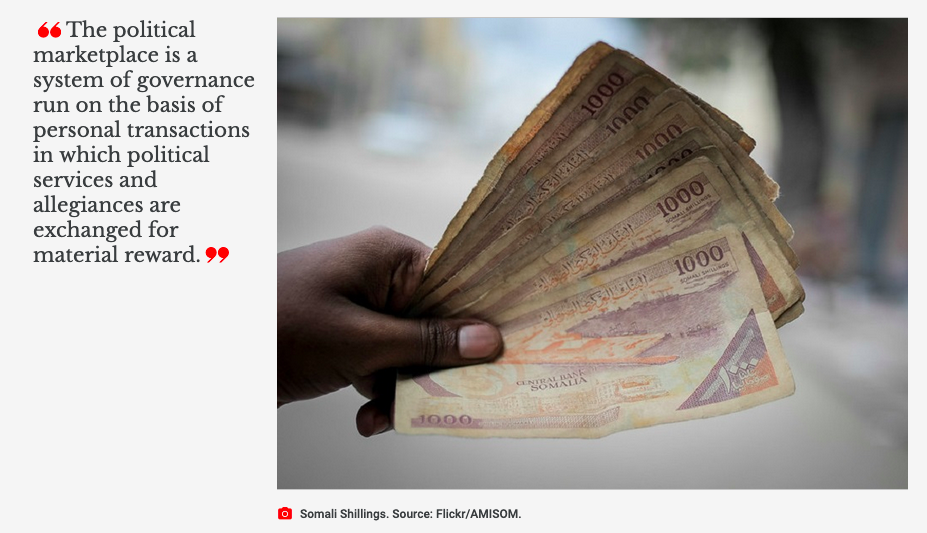 Corporatists, globalists, oligarchies, robber barons, despots, totalitarians, authoritarians, white Christian nationalists, fascists — the label doesn’t matter. They are enemies of the United States when they choose to control the governing of our republic. Governing is “reserved to the people” (The Federalist No.1).
Corporatists, globalists, oligarchies, robber barons, despots, totalitarians, authoritarians, white Christian nationalists, fascists — the label doesn’t matter. They are enemies of the United States when they choose to control the governing of our republic. Governing is “reserved to the people” (The Federalist No.1).
“To the People” never meant “a faction of the people”—one group over another. That is a truth — a guiding principle of the Declaration of Independence and the Constitution.
Why Weaponize PCT?
Achieving a Convention of States, as the mechanism for changing the Constitution, is a mammoth undertaking requiring that voters in two-thirds of the states give control of state legislatures to pro-Convention of States’ candidates. Then, in order to pass changes to the Constitution, those changes would require ratification by three-fourths of the state’s legislatures.
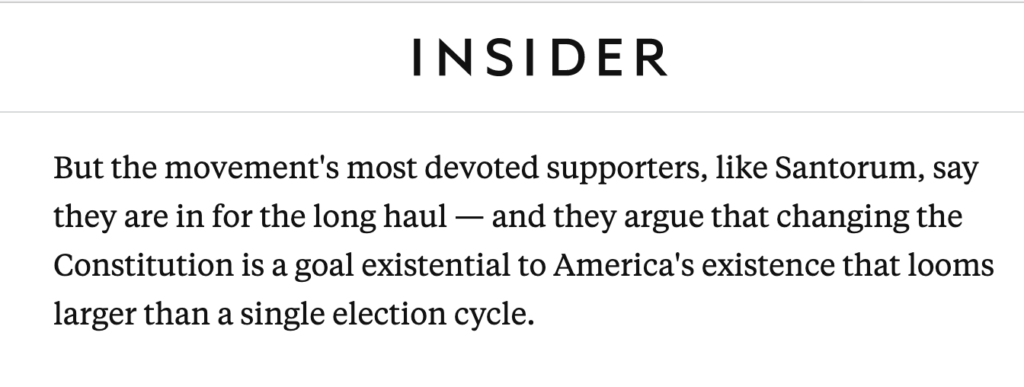
They argue, but have they explained that view? Are they being transparent about the changes they believe will save the republic? And, do those changes make sense in light of the exceptional reasoning the Founding Fathers used?
Changing the Constitution in this manner requires a massive number of voters to cast votes ensuring domination by pro-Convention of States’ lawmakers. But candidates aren’t openly running on the proposal. And voters don’t have it as a priority issue. Therefore, those wanting to change our constitution to fit their agenda need to entice voters using other reasons to vote for “their” guy or gal.
Now, think about how enemies of the republic might use the principles of PCT to analyze us and tap into what motivates us to buy what they are selling — an anti-government sentiment in a government designed for self-governance. It’s a twisted plot.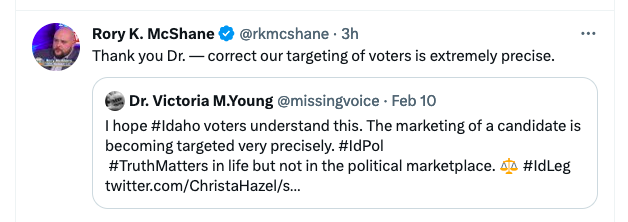
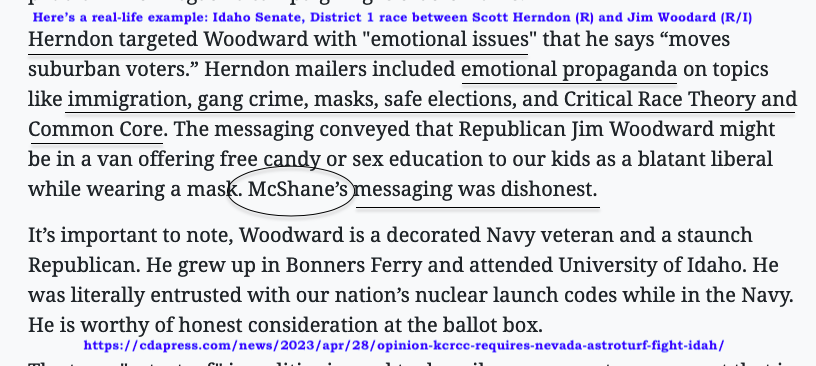
This was a primary race between two Republicans in North Idaho. Emotional propaganda? Precisely targeted messaging? It worked as planned.
And once our right to have a voice in the lawmaking process is further controlled or eliminated by changes to rules, laws, or the Constitution, we’ll have no chance at true representation. That’s the end of our democratic republic. So …
Here’s What’s Crucial To Understand
Three elements are essential to establishing any massive political movement of this magnitude (whether it is productive such as the American Revolution, or destructive like the Nazi regime):
- weaken prevailing beliefs,
- undermine established institutions, and
- discredit those in power.
Once that preliminary work is done, people with differing priority issues (the economy, education, guns, religion, health care, immigration, abortion) need consolidating into one overwhelmingly powerful party. It’s being done using insight from PCT research to tap into what motivates the single-issue voters.
“Single issue voters do not need a deep understanding of every issue nor do they need to know where a candidate stands on every issue. … In general, single-issue voting gives more power to political parties.” [But] “the power to shape the government should belong to the people and not political parties.” ThoughtCo
Targeting and Using Voters
In PART ONE, I wrote “it’s PCT —not CRT (Critical Race Theory)—being used” in destroying our republic. Here’s why I said that and why I chose CRT to use as an example.
CRT was a theory unknown to most people. That made it easy to shape into a concept made-out to be divisive in nature. In that manner, it was aimed at our national belief in unity. So rightly so, it triggered patriotic passions. That passion, in the form of anger and distrust, was aimed directly at public education institutions and discredited all those seen as holding power in those institutions.
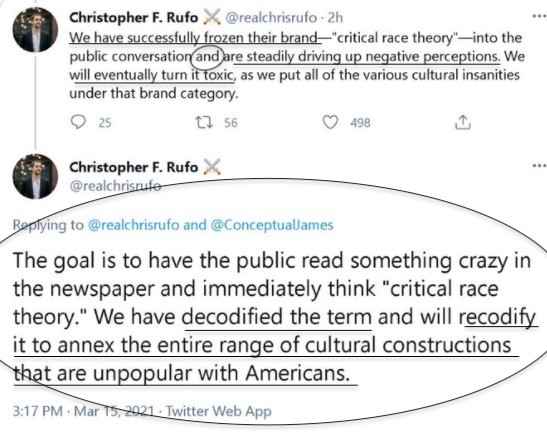
What do you call these actions? Manipulation, FOR SURE! But what else? Thought control? Triggering? Gaslighting?
Without direct knowledge of the (CRT) theory, the public was vulnerable to destructive political propaganda.
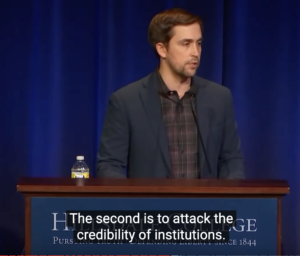
The words on the image are a quote from YouTube captioning (not added by me).Image taken from an April 5, 2022 Livestream presentation by Christopher Rufo at Hillsdale College, Michigan, titled, “Laying Siege to the Institutions.”
Those weaponizing CRT did so by controlling the narrative, the propaganda —our ability to have reasonable conversations. They weaponized PCT (Public Choice Theory) in a similar manner — only worse.
Unlike the massive media coverage and open debate over CRT, there’s little talk about PCT outside the circle of “political economists.” And there is little talk about changing the Constitution. That tactic leaves us all vulnerable to targeted propaganda and is sure to end our right to govern if we don’t counter it.
“Although public choice economists have focused mostly on analyzing government failure, they also have suggested ways to correct problems.” Public Choice Theory by Jane S. Shaw
As a research theory, PCT (like CRT) has a legitimate use. But its abuse in the political marketplace — in precisely targeting our voting behavior — is the danger to the republic most in need of addressing immediately.
Here’s Some Simple Actions You Can Take Right Now
We restore our right to govern ourselves by recognizing and resisting the influence Public Choice Theory has over us in the political marketplace.
Judge groups and people by their actions.
Watch your language for divisive words. Listen carefully to words others are using, especially when you find them troubling, confusing, or triggering some other emotion. Question whether or not you and others are being manipulated.
Confront lies. Don’t let them stand as truths when you are certain that what you are really seeing or hearing is destructive propaganda. Correct lies immediately as ” false … fake … untrue … incorrect … dishonest … wrong.” Stand firmly on the truth without arguing.
Decide what you will and can do.
- Choose an issue or cause that will help on the local, state, or national fronts.
- Determine how much time you can give, stay devoted to that commitment, and do it with a determination to not give up.
- Research organizations that are already actively addressing your chosen pursuits, in a way that makes sense to you, and consider joining them. Make sure they are legitimate.
Know a candidate’s position on changing the Constitution.
Vote in every election! Do your best to inform yourself. Then go vote! If you find you don’t have enough information on some contests, it’s okay to leave them blank.
Everyday — try. In everything you read or hear, try to sort out the truth for yourself.
“In politics, being deceived is no excuse.” Leszek Kolakowski

